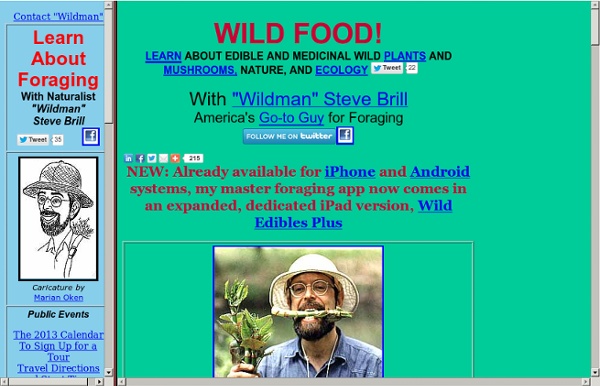



Thomas J. Elpel's Web World Main Menu: Primitive Living Skills, Survival Bow Making Instructions By Jason Knight The following bow making instructions will help you construct an effective bow in a relatively short amount of time. A quickie bow is a fast-made bow for immediate use in a survival situation. It is carved from a sapling or branch of a tree. The reason it is called a “quickie” bow is because it is made at the time the wood is harvested, rather than waiting a year or more for the wood to season (as is typical for regular bow construction). Survival Bow Making Instructions 1. The first step is to select the proper materials. For a quickie bow, you want to start with a relatively straight section of sapling or branch that is free of knots, side branches, and twists. 2. Stand the bow stave upright on the ground, hold the top loosely with one hand, and push outward lightly on the middle of the bow. Now find the middle point of the stave and mark out your handhold area by measuring and marking 3 inches out from the center in both directions. 3. 4. Notches for the bow string 5.
Wilderness Survival, Tracking, Nature, Wilderness Mind Living Primitively Life is beautiful October 19th, 2011. Both comments and pings are currently closed. (Click image for full size view) A fantastic series of illustrations from an advertising campaign by Mercedes Benz. Are you a lefty or a righty? PLEASE NOTE: To prevent spam, your first comment will be moderated so there may be a short delay before it appears. Survival Topics - Your Online Survival Kit Edible Plants and Flowers in Europe Flowers Edible flowers are typically the most encountered type of edible plant in Europe. It is common knowledge that certain flowers, such as nasturtiums, sunflowers, jasmine flowers and honeysuckles are all edible. However, Europe is home to many other types of edible flowers. A wild example is the taraxacum flower, which is native to the continent and used for its edible seeds. The rose, also native to Europe, produces edible rose hips that are high in vitamin C. Trees The arctic willow, native to northern parts of Europe, produces edible shoots and roots that are high in vitamin C. Shrubs and Annuals Chicory, native to all parts of Europe, is considered a weed. Harvesting Warnings Many of the wild, edible plants found throughout the European continent are considered weeds.
www.menshealth.com/mhlists/healthy-food-combinations/printer.php Who came up with the idea that we are supposed to drink orange juice at breakfast? And why, if oatmeal is so good for us, do we eat that only in the morning as well? Apologies to the Palinites, but nutritionists are starting to realize that you and I like our oatmeal and OJ before we start the day because we evolved to like it that way—because enjoying the two together is healthier than eating each of them alone. Epidemiologist David R. What's more fascinating, however, is that the evolution between eater and eaten might answer the long-held question about why humans live longer, healthier lives on traditional diets. Tomatoes & Avocadoes Tomatoes are rich in lycopene, a pigment-rich antioxidant known as a carotenoid, which reduces cancer risk and cardiovascular disease. "This also has a Mediterranean cultural tie-in," says registered dietitian Susan Bowerman of California Polytechnic State University. And when it comes to salads, don't choose low-fat dressings. Oatmeal & Orange Juice
The Survival Monkey Edible and Medicinal Plants The information on this page is presented in an older format. We have vastly expanded our edible plants information with far more information, and far more plants. You can find this information at our new site Wildcrafting.net Abal Calligonum comosum Description: The abal is one of the few shrubby plants that exists in the shady deserts. This plant grows to about 1.2 meters, and its branches look like wisps from a broom. Habitat and Distribution: This plant is found in desert scrub and waste in any climatic zone. Edible Parts: This plant's general appearance would not indicate its usefulness to the survivor, but while this plant is flowering in the spring, its fresh flowers can be eaten. Acacia Acacia farnesiana Description: Acacia is a spreading, usually short tree with spines and alternate compound leaves. Habitat and Distribution: Acacia grows in open, sunny areas. Note: There are about 500 species of acacia. Edible Parts: Its young leaves, flowers, and pods are edible raw or cooked.